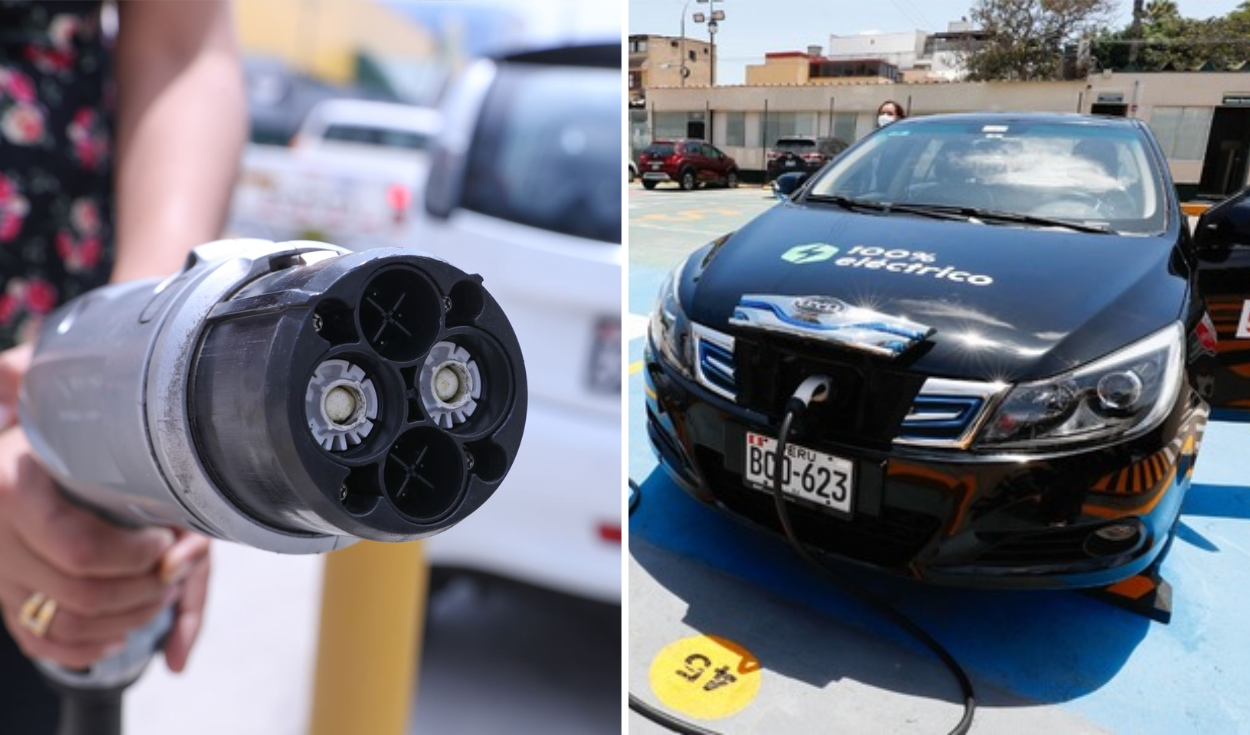
Sustainability has gained significant relevance worldwide in recent years, which promotes the implementation of more efficient technologies in multiple sectors. In Peru, there is a constant increase in the adoption of electrified vehicles, which demonstrates a tendency towards the Ecoamigable transport.
The Automotive Association of Peru (AAP) reported that in September 2024 622 units of electric vehicles were marketed, which is equivalent to an increase of 45.3% in relation to the same month of the previous year. This sales growth suggests a positive trend that could be maintained for 2025, according to sector projections.
What are the main myths of electromobility?
Electric cars require more maintenance
Electric cars have a notable advantage in terms of maintenance compared to internal combustion vehicles. Lacking a combustion engine, these cars eliminate the need to make oil changes, as well as replace air filters and spark plugs. This characteristic not only decreases the frequency of visits to the workshop, but also contributes to a considerable reduction in maintenance costs over time.
Gasoline cars have better yields than their electric peers
It is wrongly supported that electric vehicles lack functionality compared to internal combustion. However, there are models that demonstrate otherwise, offering Autonomies prominent that reach up to 400 km in its Light version and up to 550 km in the Wind version. These characteristics place it as one of the most competitive alternatives in the Peruvian market.
Peru lacks many load points for electric cars
Unlike what many believe, electric vehicles are compatible with standard outlet 120V and 240V, available in most households. In Lima, the infrastructure loading is expanding, with a notable increase in both private and public stations. It is expected that by 2025, this growth will continue, which will facilitate access and adoption of this form of sustainable energy.
It is more expensive to load an electric vehicle
Electric recharge is presented as a more economical and practical option compared to fossil fuels, both in terms of costs and infrastructure. Electric vehicles have the advantage of being able to be loaded at home using a outlet 120V or 240V, which represents an expense of only S/0.60 per kWh.
The EV5 model, in its Light version, is equipped with a 64.2 kWh battery, which translates into a load cost close to S/38.52. This electric vehicle provides an autonomy of up to 400 kilometers. In contrast, an internal combustion car would need approximately S/140 to cover the same distance, which implies savings that exceeds 80%.
Electric cars take to load
A frequent erroneous concept is that electric cars require excessive time to recharge. However, it is possible to achieve a full load in about 2 hours When using loaders 30 kW. This efficiency in recharge denies the idea that electric vehicles are not very practical in terms of time.
The first Chinese electric vehicles arriving from Peru from the Chancay megaport
In a recent interview with CGTN Español, Antonio Alarcón, Chief of Sales of Dongfeng Peru, revealed that the company has imported approximately 600 vehiclesof which 15% corresponds to electrical models. Alarcón stressed that the improvement in logistics efficiency, thanks to the port of Chancay, has allowed to reduce transport time from 45 to only 20-25 days for the arrival of products from China.
Source: Larepublica
Alia is a professional author and journalist, working at 247 news agency. She writes on various topics from economy news to general interest pieces, providing readers with relevant and informative content. With years of experience, she brings a unique perspective and in-depth analysis to her work.












